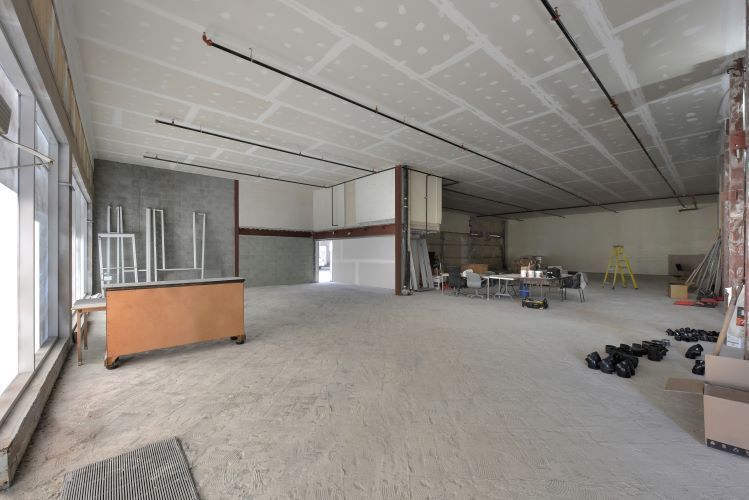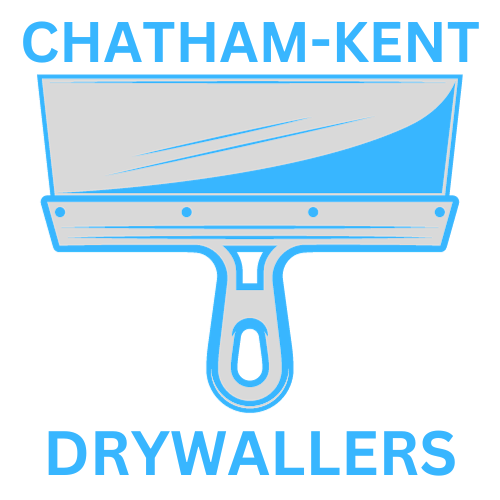Mastering Drywall Finishes

As a homeowner or contractor, navigating the intricacies of drywall finishing can be a daunting task. However, with the right techniques and expertise, achieving flawless results is within reach. At Chatham-Kent Drywallers, we pride ourselves on our mastery of drywall finishing, including the essential mudding and taping techniques. In this article, we'll delve into the intricacies of these techniques to provide you with a comprehensive understanding of drywall finishing.
Understanding Drywall Finishing:
Drywall finishing is the process of preparing drywall panels for painting or wallpapering by applying joint compound (also known as mud) and tape to cover seams, screws, and imperfections. This process ensures a smooth and seamless surface, ready for the final finishing touches.
Mudding and Taping Techniques:
- Taping:
- Begin by applying joint tape over the seams between drywall panels. Joint tape reinforces the seams and prevents cracks from forming over time.
- Use a drywall knife to embed the tape into a thin layer of joint compound, ensuring full coverage and smooth adhesion.
- Smooth out any wrinkles or air bubbles in the tape, ensuring a tight seal against the drywall surface.
- Allow the tape to dry completely before proceeding to the mudding stage.
- Mudding:
- Start by applying a thin layer of joint compound over the taped seams, feathering the edges outward to blend with the surrounding drywall surface.
- Use a drywall knife to smooth and level the mud, removing any excess compound and ensuring a seamless transition between the taped seams and the drywall surface.
- Allow the first coat of mud to dry completely before applying subsequent coats. Depending on the size and complexity of the project, multiple coats of mud may be required to achieve the desired level of smoothness and finish.
- After each coat of mud has dried, sand the surface lightly to remove any imperfections or rough spots, ensuring a smooth and even finish.
- Repeat the mudding and sanding process as needed until the desired level of finish is achieved.
Tips for Success:
- Use high-quality joint compound and tape to ensure strong adhesion and long-lasting results.
- Work methodically and carefully, paying close attention to detail and maintaining consistency throughout the mudding and taping process.
- Allow ample drying time between coats of mud to prevent cracking or shrinking.
- Use proper safety equipment, including dust masks and goggles, when sanding drywall to protect against airborne dust particles.
- Consider hiring a professional drywall contractor for large or complex projects to ensure professional-quality results and save time and effort.
Conclusion:
Mastering the mudding and taping techniques is essential for achieving professional-quality drywall finishes. With the expertise and dedication of Chatham-Kent Drywallers, you can trust that your drywall finishing project will be completed to the highest standards of quality and craftsmanship. Contact us today to learn more about our drywall services and schedule a consultation for your next project.
You might also like



